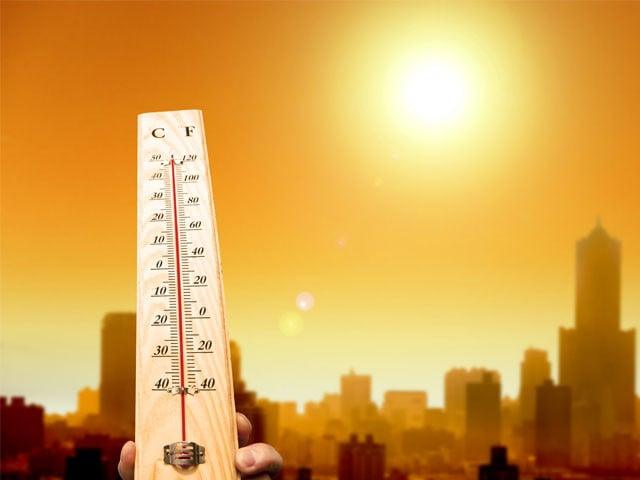Karachi:
A heat wave is expected to hit the city on Sunday (today), with winds from the northwest of the hot deserts from Balutchistan dominating most of the time. Due to the cessation of the sea breeze and an increase in humidity levels to 50% in the morning, mercury can reach 41 degrees Celsius and above.
The heat wave should continue until April 23, according to Pakistan Meteorological Department (PMD). Children, women and the elderly were invited to avoid direct exposure to the sun and consume a lot of water.
The heat wave is caused by a gradual drop in air pressure, which will cause a significant increase in Karachi temperature. However, temperatures should decrease in districts in the center of Sindh, according to a spokesperson for the Pakistan meteorological department.
The PMD early alert center has published an alert of the heat wave, declaring that the city will experience a heat wave from today with hot, dry and humid weather conditions for several days.
During the heat wave, the sea breeze can stop completely from morning to night, and the hot winds of the Baloutchistan desert will hit the city, potentially pushing temperatures above 41 degrees Celsius.
According to the Met Office, in the new heat wave, the temperature should remain four to six degrees above normal during this period.
It should be noted that before, the heat wave alert was announced from Monday.
The meteorological service recorded the maximum temperature of the city on Saturday affecting 36.5 degrees Celsius, with a 26%humidity level. Jacobabad in rural Sindh recorded the highest temperature, reaching 45 degrees Celsius, 6.5 degrees above normal.
A spokesperson for the meteorological department, Anjum Nazir Zaighum, said that during a heat wave, it is possible that the sea breeze can become active after evening. If the navy breeze remains continuously closed, the weather situation could become serious.
He added that the heat wave in Karachi is caused by air pressure, which is linked to a Western system entering the country. The decrease in atmospheric pressure could lead to extremely hot weather in the city, while the temperature can decrease in the upper and central Sindh districts.




